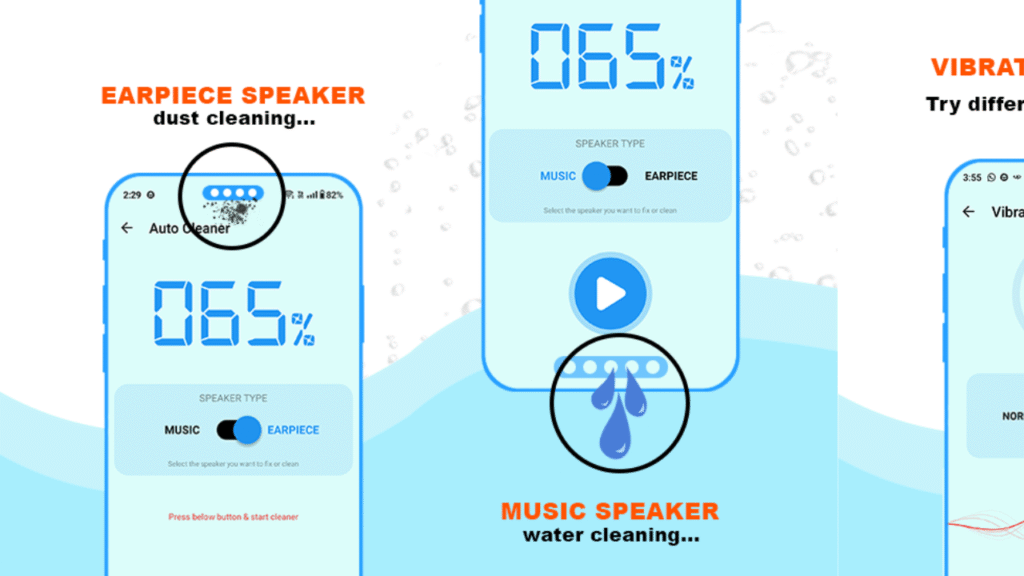Introduction
In an era where digital banking and forgotten accounts remain a reality for many depositors, the UDGAM Portal—acronym for Unclaimed Deposits – Gateway to Access Information—emerges as a centralised tool created by the Reserve Bank of India.
What is UDGAM?
The UDGAM Portal is an online platform developed by the RBI which allows depositors (or their authorised representatives) to search for their unclaimed deposits/accounts that have been transferred to the Depositor Education and Awareness (DEA) Fund.
Why was the portal created?
Over time, many bank accounts, term deposits or savings/current accounts remain inactive for long periods. After a specified duration (commonly ten years without operation or communication), banks transfer such unclaimed deposits to the DEA Fund. The challenge for depositors has been to identify these scattered funds across different banks.
Who is included and coverage of banks
As of early March 2024, thirty banks had been onboarded into the UDGAM system, and these cover about ninety per cent (in value terms) of the unclaimed deposits in the DEA Fund. The remaining banks are in the process of being included.
What kinds of deposits/accounts can you search?
The portal covers unclaimed deposits/accounts that have been transferred to the DEA Fund under the RBI’s regulations. These may include unused savings accounts, current accounts, term deposits, fixed deposits which remained inactive for the stipulated period and were transferred by banks.
What information is required for searching?
For individuals searching via UDGAM, one needs to register on the portal (name + mobile number) and then provide the account holder’s name, select one or more banks, and supply at least one among a set of identifiers: PAN, driving-license number, voter ID, passport number or date of birth.
How to use the portal (step-by-step)
First, the user must register on the portal with mobile number and name. Once logged in, select the category (individual or non-individual) and the bank(s) to search. Enter the mandatory fields and additional identifiers as applicable.
What is the UDRN?
UDRN stands for Unclaimed Deposit Reference Number. It is a unique number generated via the bank’s Core Banking Solution and assigned to each unclaimed account/deposit transferred to the DEA Fund. The UDRN is used by banks to settle claims received from users who have located their unclaimed deposit via the UDGAM Portal. Importantly, it helps protect the identity of the account holder or the branch, and enables smooth settlement by banks.
Benefits for depositors
For depositors (or their heirs) the UDGAM Portal offers clarity and convenience. Instead of contacting multiple banks one by one, the portal allows a centralised search. It helps in identifying forgotten or inactive accounts, enabling rightful claimants to reclaim funds that may otherwise remain buried. According to recent reporting, as many as eight lakh users registered and accessed the portal by mid‐2025 to check for unclaimed deposits.
Limitations and what it does not do
Although the portal provides valuable search capability, it is not a claim settlement platform. Users cannot directly reclaim or receive funds via the portal. Once a match is found, the user must approach the respective bank with required documents and fulfil the claim process of that bank. Moreover, not all banks are included yet; though the major ones are onboard, some smaller banks are in process.
Importance for financial awareness and inclusion
By introducing the UDGAM Portal, the RBI is supporting greater transparency in deposit-account management, promoting depositor rights, and reducing “lost” or forgotten funds in the banking system.
Step-by-Step Claim Workflow After Finding a Match
Once a user locates an unclaimed deposit via UDGAM, the next step is to visit the identified bank branch or bank’s designated section for unclaimed deposits. The user must produce appropriate KYC documents (such as Aadhaar, PAN, Voter ID or Passport) and if the account holder is deceased, legal heir documents (death certificate, succession certificate or will) may be required.





